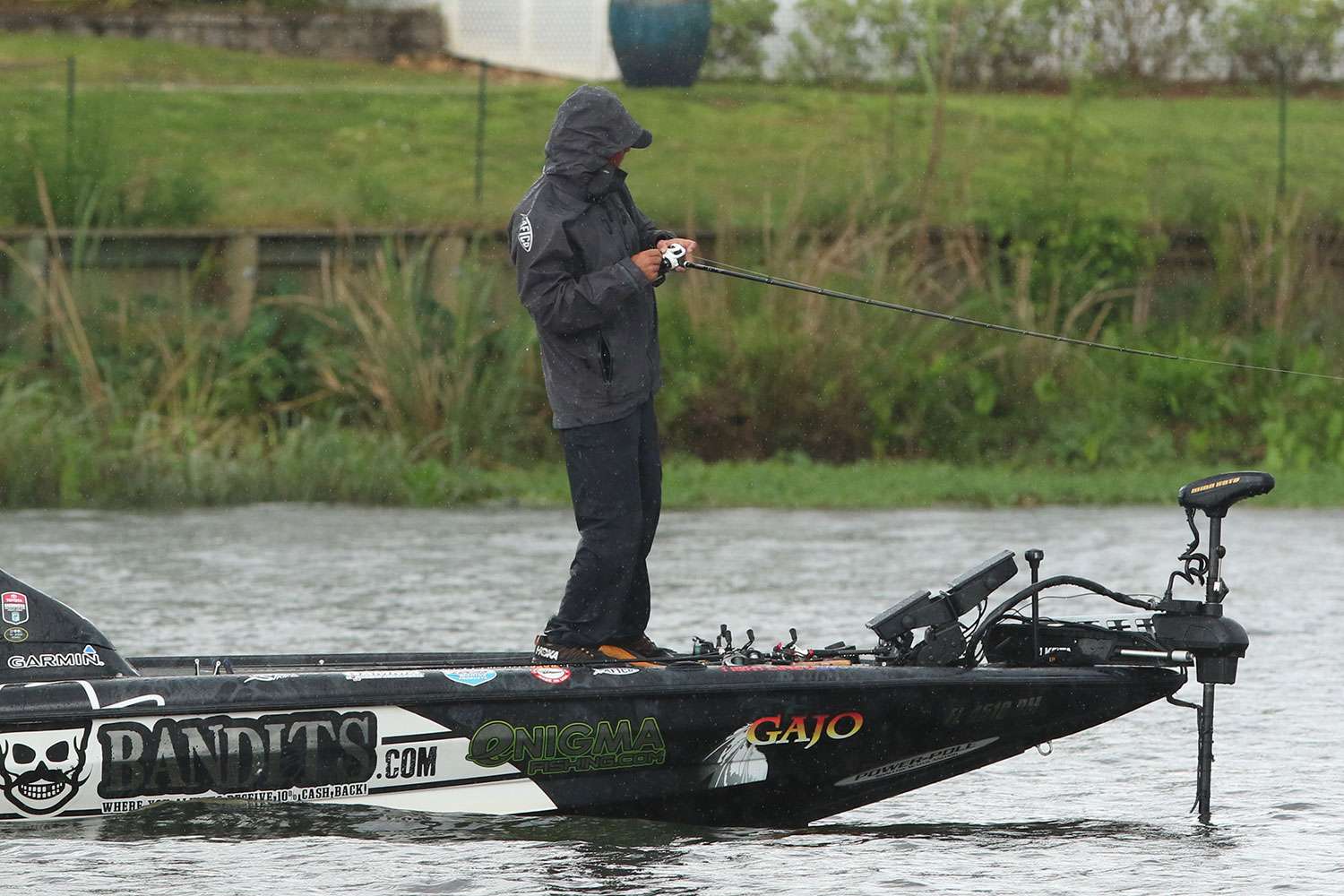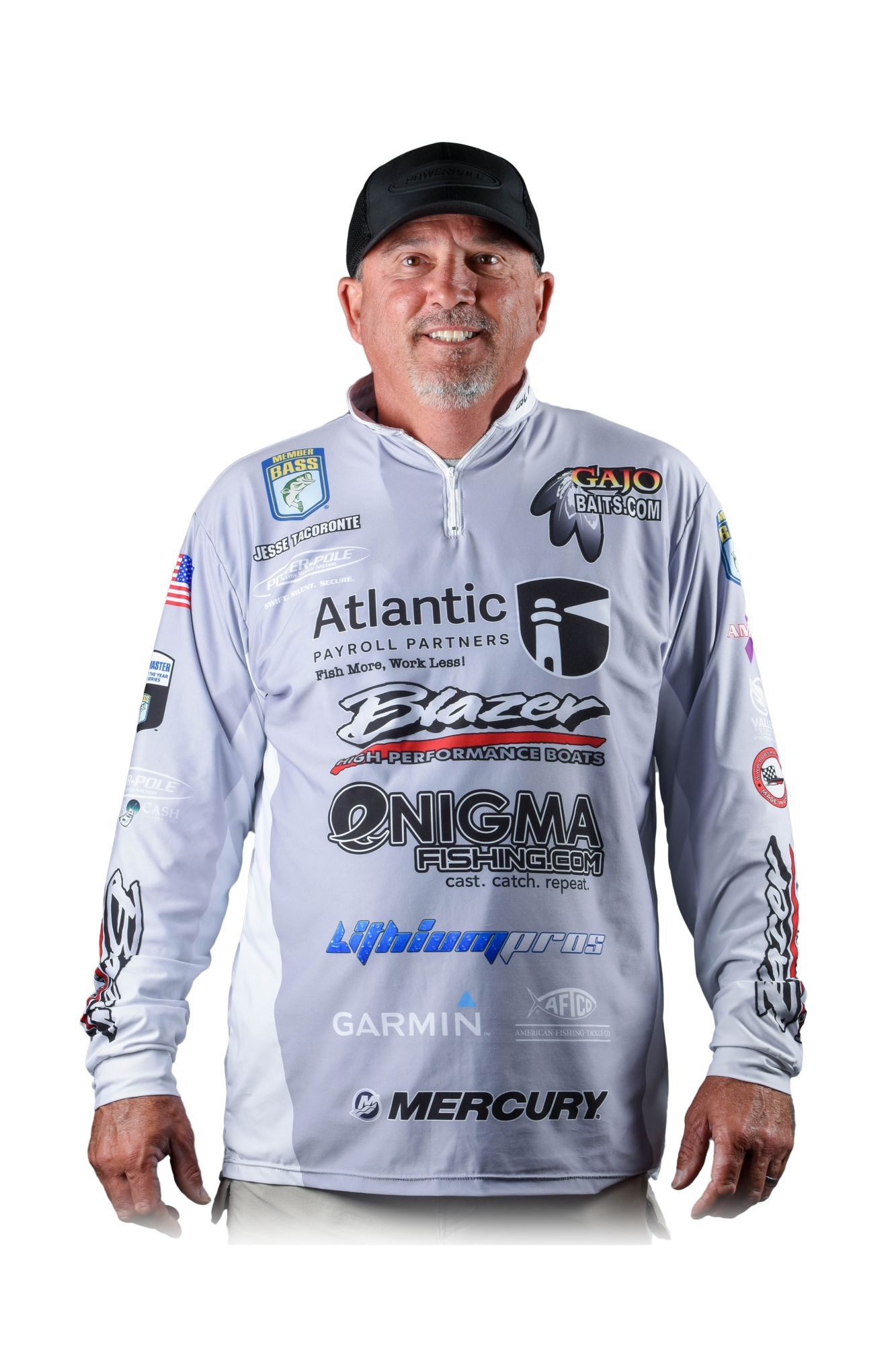
We hit the halfway mark of the Bassmaster Elite Series season in May at the Toyota Bassmaster Texas Fest on Lake Fork. Man, it was a slugfest, with two of my fellow pros earning their Century Club memberships.
Congrats to Brandon Cobb on his win and Garrett Paquette on joining Brandon in breaking the 100-pound mark. They really figured things out and showed why Lake Fork remains one of the best bass fisheries in the country.
Now we round the corner into the last half of the season, with summertime heat ramping up and changing the patterns that will be successful. There won’t be any more bedding bass.
And that’s fine by me. I love when bass move to their summertime patterns because they become predictable.
And predictable means catchable.
Just like in Florida, you can catch your biggest bags in the summer. The bass are hungrier, and they’re schooled up more, so there’s more competition for the same food. As the old saying goes, you can’t drag a steak down a hallway full of pit bulls — they start fighting over it.
So I’m expecting big things from the Lake Guntersville Elite Series stop that begins on June 23.
You are going to need a possible 85 pounds to win over there — maybe a little more. The lake has been off the last few years, but it still takes some big bags to win. And someone (I hope it’s me) will really catch them.
So what are the patterns that will work on Guntersville — or any other Southern lake, for that matter — in June? That will all depend on the time of day.
Early, I’m thinking the very backs of the creeks, depending on water level, should have a good frog bite wherever you find hydrilla. Just head to the grass beds before the sun gets too high and work plastic frogs over the vegetation for some knee-weakening topwater strikes.
As the sun rises higher and that bite dies down, the fish will move out to the ledges. The savvy angler moves out, too, and target shell bars and drops, along with some of the grass flats out there.
One of the biggest mistake anglers make, however, is thinking bass will be in the deepest areas to cool off. Bass don’t have to go to 25 or 30 feet to find comfort. In fact, you’ll just be spinning your wheels in those depths. Sure, there’s a period of time after the spawn when bass retreat to that deep, deep, deep water, but they don’t stay there long.
By June, most of the fish have already moved to their summer patterns, which means ledges in 10 to 15 feet of water. Pretty much, the lake life cycle rotates around that zero to 15- or 18-foot range for most of the summer on the Tennessee River. So, really, you don’t want to go deeper than that.
There’s eel grass and there’s hydrilla in those depths on Guntersville, and I believe you can catch fish on the grass flats — and also by punching some of that hydrilla. That’s where the shad move in to spawn, and the bass follow those baitfish in there.
When you punch this vegetation, be sure and beef up your gear. I’m talking about using up to 2-ounce weights and your soft plastic of choice: a Beaver or something like that.
You go over there for war, you don’t go over there with light tackle. So leave the spinning gear at home.
When I’m frogging, I usually use an Enigma 7-foot heavy-action HPT rod. Remember you still have to have some tip to work your frog.
For punching, I use a 7-foot, 11-inch extra heavy rod with 65-pound braid.
With both techniques, I use our new Enigma 8:1 ratio reels. That high ratio is crucial. For a frog, you get a fast retrieve in between the casts, because you’re hitting targeted, isolated spots. And when you’re flipping, sometimes when you set the hook those fish come right at you, and you need to be able to catch up.
I can’t wait to fish Guntersville. It should be another great tournament. So tune into Bassmaster.com for all the action.

